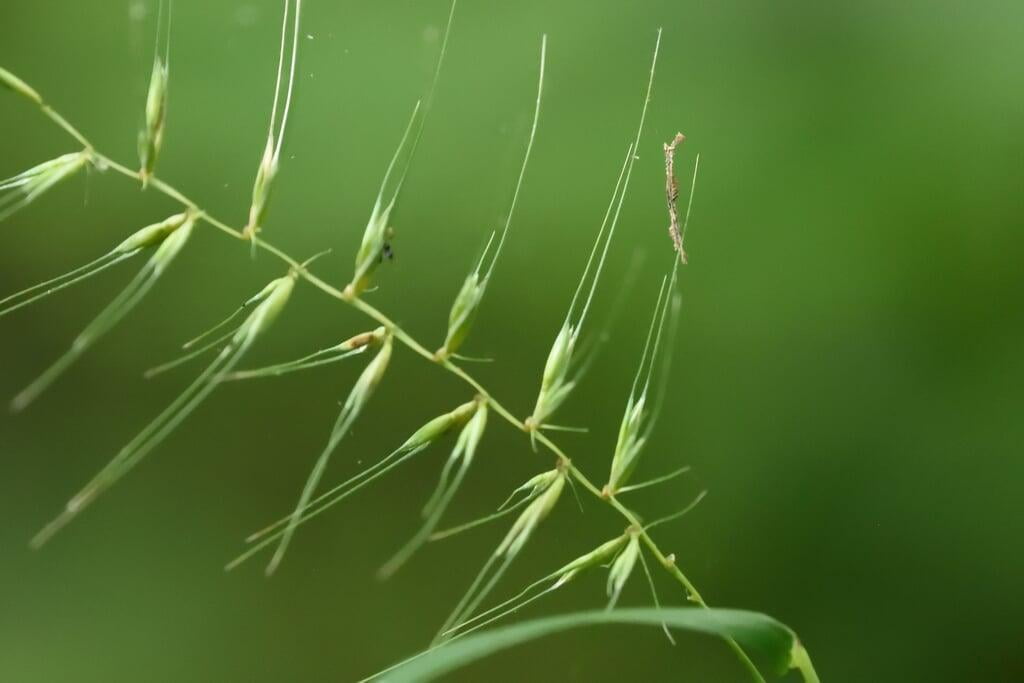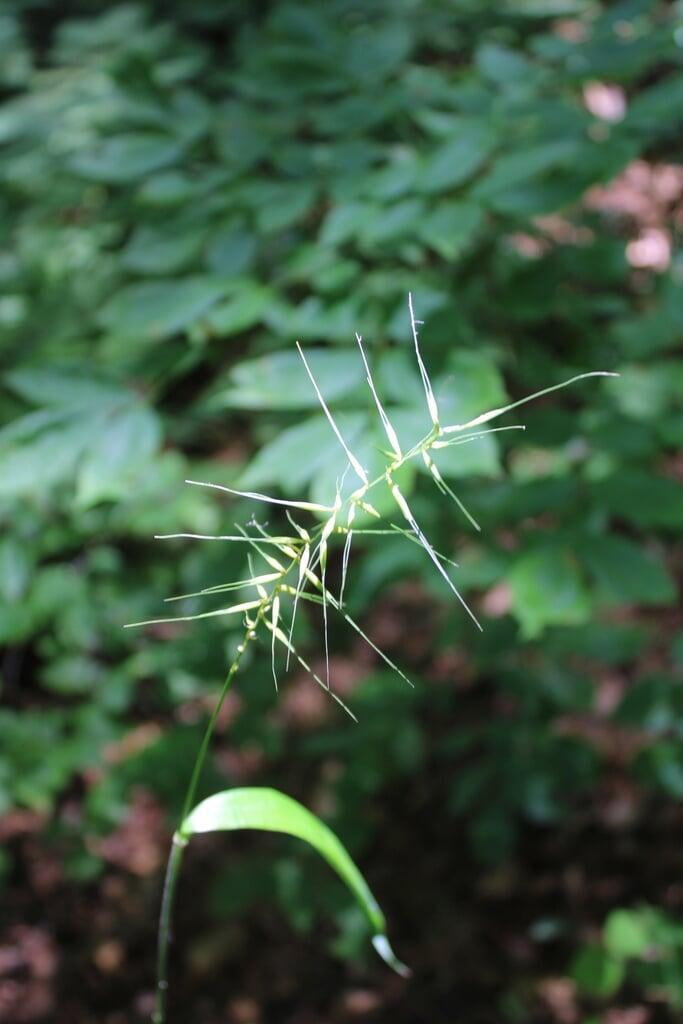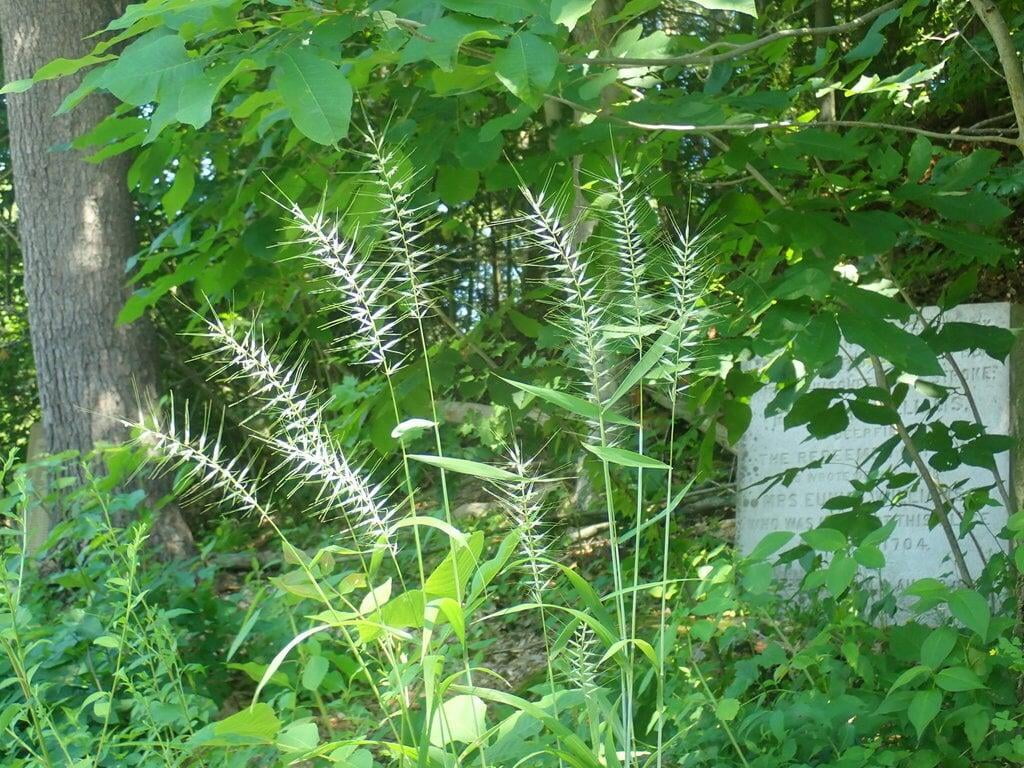Elymus hystrix
Bottlebrush grass Description:
Elymus hystrix, commonly known as bottlebrush grass, is a perennial grass species native to North America. It typically grows in clumps or tufts and can reach a height of 2-5 feet.
The leaves of Elymus hystrix are flat, narrow, and rough, with a bluish-green color. The stem is usually erect, and the inflorescence forms a distinctive cylindrical or bottle-shaped brush-like structure, which gives the plant its common name.
The flowers of Elymus hystrix are arranged in spikelets, and each spikelet contains several small, brownish or purplish florets. The plant blooms in early to mid-summer, and the seeds ripen in late summer or early fall.
Elymus hystrix is commonly found in woodland areas, along the banks of rivers and streams, and in meadows and prairies. It is an important source of forage for many grazing animals, and its seeds are an important food source for birds and small mammals. Additionally, the plant has several uses in erosion control and habitat restoration projects.
Native Range:
Bottlebrush grass is found predominantly in the Midwest and East coast states. In Minnesota, Bottlebrush grass can be found in most regions of the state.
Standard Plant Information:
Plant height: 2' - 5'
Bloom time: July - September
Preferred habitat: Does well in part shade to shade and average to moist soil. Often found in hardwood or mixed forests, woodland edges, river banks, and floodplains.
Sowing:
For most homeowners, the best option is to scatter seed on the ground by hand broadcasting at a minimum of 15-16 pls lbs per acre. For even coverage, we recommend that you broadcast seed in perpendicular rows across the site to ensure even coverage.
Planting:
Simply dig a hole in the soil slightly larger than the plant’s roots. Ensure that the soil line of the plant is maintained during the transfer (i.e. the plant should be at the same level with the ground as it was in the pot). Pack any loose dirt back around the plant and make sure you water it well the same day to ensure it has the best chance of survival.











